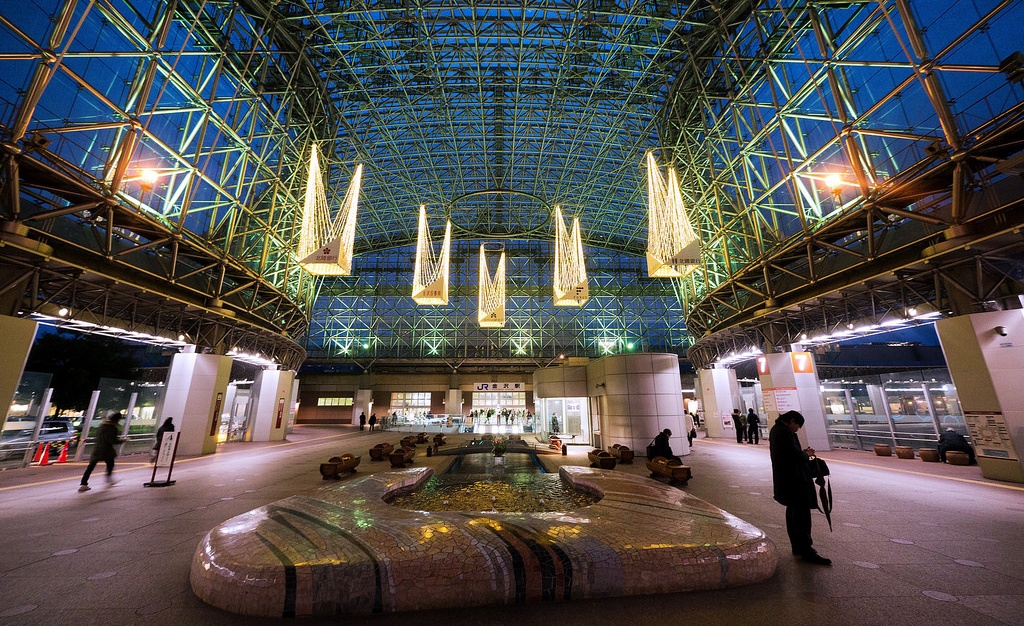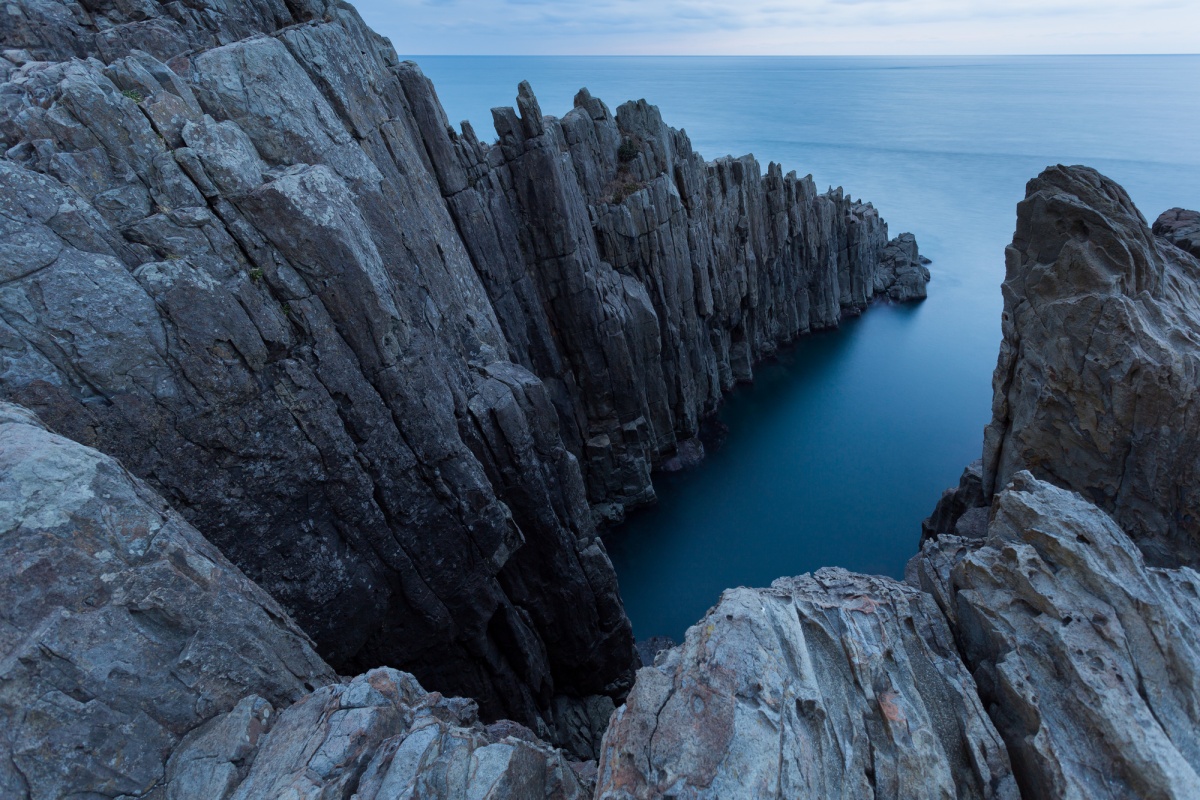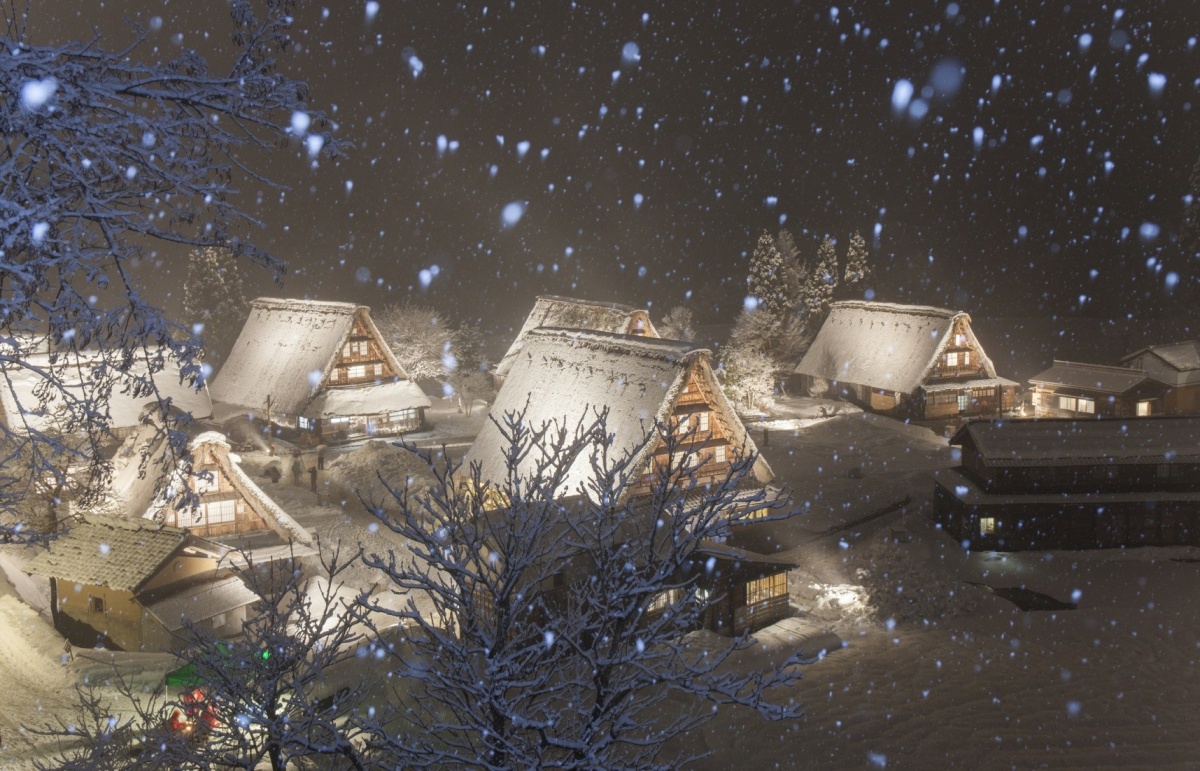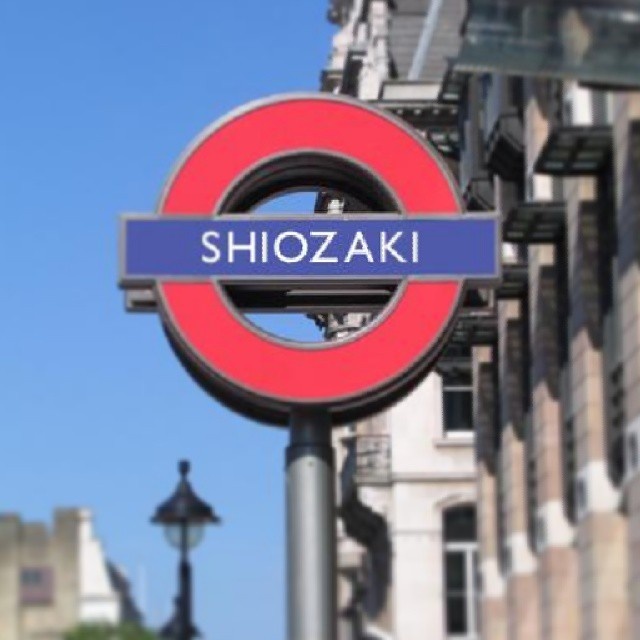4 Great Day Trips from Kanazawa
There's plenty to do in Kanazawa. But the city can also serve as a great base for travel to other hot spots in the region. So how about going one step beyond this lovely locale to explore its surroundings? Let's gather at beautiful Kanazawa Station and get on board for a short trip to Kanazawa's ipposaki—"one step beyond"!
By Thomas Shiozaki4. Takaoka (Toyama)
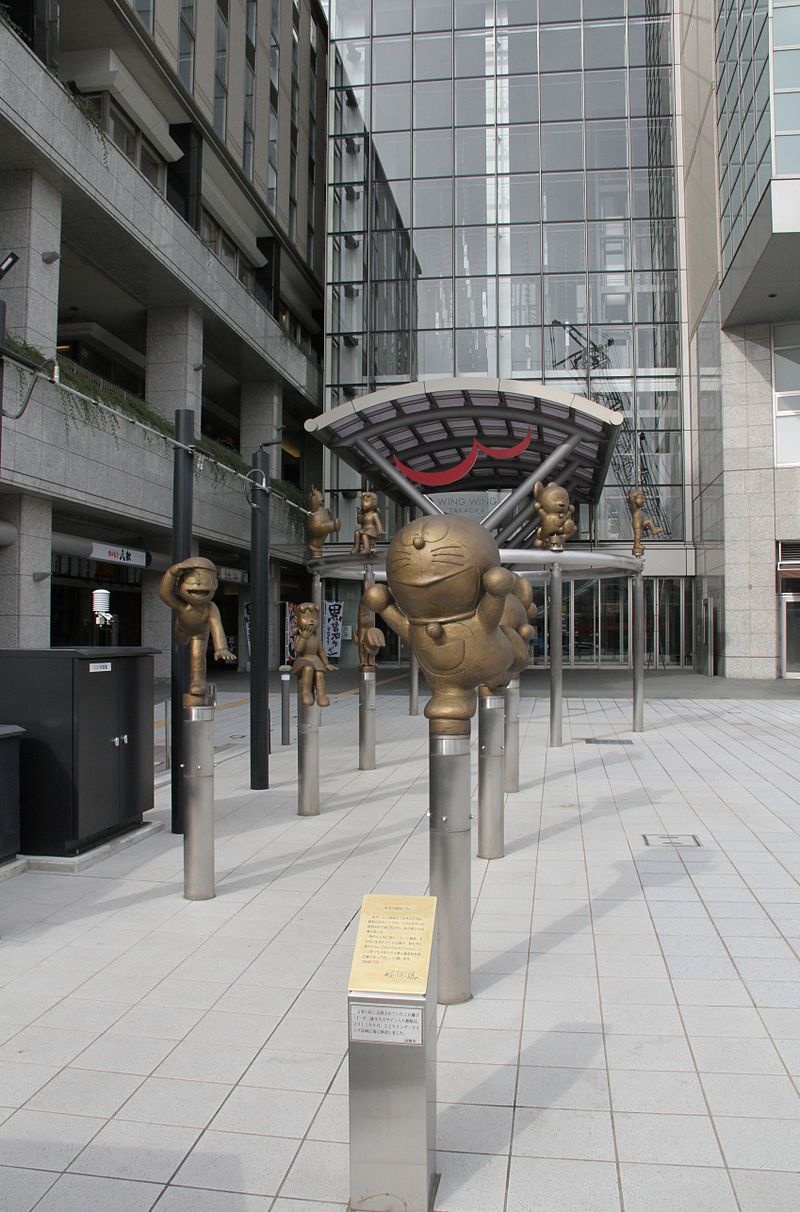
https://ja.wikipedia.org/wiki/%E3%82%A6%E3%82%A4%E3%83%B3%E3%82%B0%E3%83%BB%E3%82%A6%E3%82%A4%E3%83%B3%E3%82%B0%E9%AB%98%E5%B2%A1
Takaoka City sits right on the border between Ishikawa and Toyama Prefectures. What's special about this small town? You can probably spot it in the picture above: Doraemon! Fans of this animated robot cat will be familiar with his creator, Fujiko F. Fujio, who was born and raised in Takaoka. Many settings in Doraemon were influenced by this Toyama town.
In Takaoka you can find a few locations with Doraemon statues, including the Doraemon Walking Road (ドラえもんの散歩道・Doraemon no Sanpo-michi) in front of Takaoka Station and the Doraemon playground at Takaoka Otogi no Mori Park. You can also catch a Doraemon tram on the Manyo Line, and be sure to check out the Fujiko F. Fujio Hometown Art Gallery. If you're a Doremon fan, you should not miss this place!
Shin-Takaoka Station is just 30 minutes away from Kanazawa on the Hokuriku Shinkansen. If you're not into Doraemon, the city is also home to the Takaoka Great Buddha (高岡大仏・Takaoka Daibutsu), counted among the Three Great Buddhas of Japan. After wooden versions burned down three times since its construction in 1221, the current bronze incarnation was completed in 1933.
3. Noto Peninsula (Ishikawa)
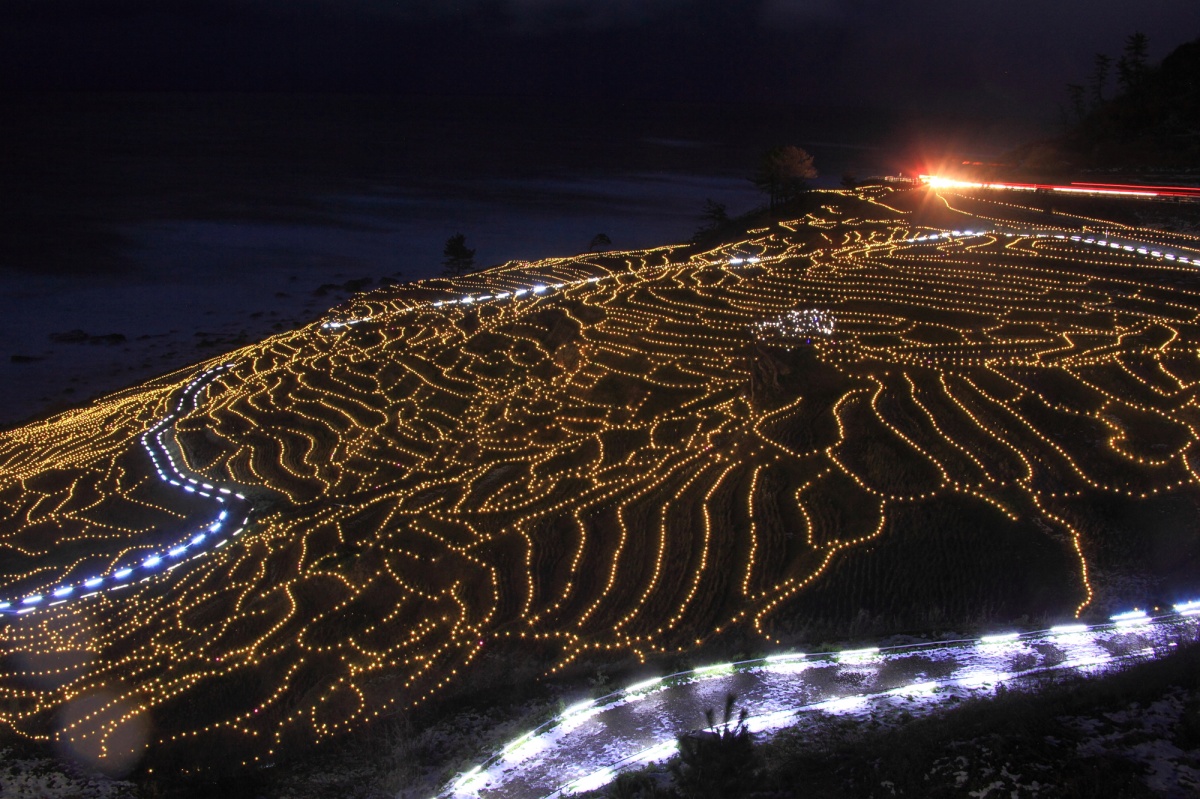
Stretching out from the northern end of Ishikawa Prefecture, the Noto Peninsula is just about 2 hours' drive out of Kanazawa. It has a lot to offer: nature, history, beaches, seafood and historical culture. Some of the must-sees include the beautifully terraced Senmaida Rice Fields (千枚田・Senmaida), the Kiriko Lantern Museum (キリコ会館・Kiriko Kaikan), and the Okunoto Salt Farm Village (奥能登塩田村・Okunoto Enden Mura), where you can see traditional salt-making techniques. Don't forget to try the seafood!
If you don't have access to a car, the peninsula can be reached by bus or by train. Take the bus from Kanazawa to Wajima City on the northern edge of the peninsula (a little over 2 hours) to access the sites listed above. Alternatively, take the IR Ishikawa Railway/Nanao Line to Nanao Station (about 90 minutes), which lies at the base of the peninsula, from whence you can take the Noto Nanao Line as far as Anamizu (50 min). If you're around on the first Friday and Saturday in July, take the local bus from there to check out the Abare Matsuri ("Rampage Festival") in Ushitsu.
2. Tojinbo (Fukui)
Tojinbo (東尋坊) is located in Fukui Prefecture just to the south of Ishikawa. Known for the unique columnar jointing of its sheer, 25-meter (82 ft) cliffs, the site draws as many as 1.5 million visitors a year, making it the most popular tourist spot in Fukui. You can walk right up to the edge, so do take care!
It's 40 to 60 minutes by train from Kanazawa Station to Awara Onsen Station, from whence you can take a bus 40 minutes to Tojinbo. The approach is quite built up, with plenty of shops and cafés nearby.
1. Shirakawa-go (Gifu)
Known for traditional farmhouses topped with huge gassho-zukuri (folding hands) thatched roofs, Shirakawa-go has grown into one of Japan's most iconic tourist spots. While you can get there by bus from Nagoya (3 hours), and shave off some time from Tokyo if you get off the train and take the bus from Toyama (1.5 hours), a common plan is to use Kanazawa as a stopping point before hopping on the bus for the last 75 minutes to Shirakawa-go. Just be sure to reserve seats—they can sell out in peak periods!
You can also access nearby Gokayama in Toyama Prefecture, which has similar steep-roofed houses. Both are registered with UNESCO as a World Heritage Site.


